Mastering the art of looking fancy at work isn’t just about vanity. It’s a strategic move that can elevate your professional presence, potentially opening doors to new opportunities and leaving a lasting impression on colleagues and superiors alike.
Within this realm, knowing the right ways to look fancy at work becomes essential, not just to stand out but also to feel confident in your own skin.
This post shows you 11 practical and stylish ways to enhance your work wardrobe and overall demeanor, ensuring you always look your best.
Busy? Save this pin for later.
1. Invest in quality, tailored clothing.
No matter your height or weight, finding clothing that fits perfectly can be a challenge. This is where tailoring comes into play.
Having your clothes professionally tailored is an easy and affordable way to achieve a more flattering appearance.
Tailoring and alterations can make a business suit look even sharper and give casual attire that extra edge that earns the right kind of attention.
If your wardrobe is full of clothing that you can’t wear because it doesn’t fit right, tailoring and alterations can help bring those items back into the light and make them viable additions to your attire.
Instead of always opting for the same old jeans and shirts that are the only things that fit you right, take those dress pants, formal shirts, and even khakis and give them the attention they deserve.
Investing in new clothing is no small expense, and when you have it tailored to fit you properly, you enjoy more wear out of it and substantially expand your choices.
Today’s clothing is mass-produced and designed around the idea that specific sizes are “good enough” for the average person’s proportions.
However, every single person has a unique build, and with a great tailor, your clothing shows off all the best features of your specific shape.
Tailors and alteration experts understand different types of fabrics, fit, and cuts and can offer advice on the best type of suit, shirt, and pants for your physique.
They’re not afraid to give an honest opinion because it’s in their best interest that you look your best in your newly tailored clothing.
When your clothing fits you properly, you have more confidence, and it shows in everything you do, both professionally and personally.
2. Accessorize strategically with statement pieces.
Whether you’re dressing for an important meeting or simply enhancing your daily office attire, accessorizing strategically with statement pieces can significantly elevate your look.
The key is to select accessories that complement and enhance your outfit without overwhelming it.
For instance, if you’re wearing a patterned dress or suit, choosing a simple, bold necklace can draw the eye without clashing with your outfit.
Conversely, if your attire is more understated, like a neutral-toned suit, opting for a colorful handbag or vibrant shoes can add that pop of color that makes your ensemble stand out in a professional setting.
It’s important to avoid going over the top with accessories. A common mistake is wearing too many eye-catching pieces at once, which can make your overall appearance look cluttered.
Instead, focus on one or maybe two statement pieces that really define your style for the day. This could be anything from a sleek designer watch peeking out from under your cuff to elegant drop earrings that complement your hairstyle and facial features.
Creating a balance in your outfit is crucial. This doesn’t just apply to colors and styles, but also to the shapes and volumes of your clothes and accessories.
For example, pairing wide-leg trousers with a structured tote and a wide-brimmed hat can create a harmonious and stylish look.
Similarly, if you’re wearing a slim-fit suit, consider slimmer accessories like a fine belt or slim cufflinks to maintain a sleek silhouette.
3. Choose sophisticated colors and patterns.
When you’re aiming to elevate your professional wardrobe, the selection of sophisticated colors and patterns plays a crucial role.
It’s not just about picking colors you like, but also about choosing hues that enhance your presence and convey the right message in your work environment.
Start by identifying your main colors. These are the colors you should feel comfortable wearing frequently and in larger pieces like jackets, shoes, and trousers.
Opt for shades that complement your skin tone and fit the culture of your workplace. For a more conservative setting, shades like navy, charcoal, and camel are excellent choices as they communicate reliability and professionalism.
Next, consider your neutrals. Neutrals form the backbone of your wardrobe; they are the canvas on which you can paint with bolder colors and patterns.
Classic neutrals include black, white, gray, and tan. These colors work well for items that get a lot of wear, such as shirts, cardigans, and pants. A muted light blue or soft pastel can also serve as a neutral while adding a subtle hint of color.
Accent colors are where you can express more personality. These should be used sparingly and are perfect for accessories and single items like a statement top or a unique skirt that pairs well with your neutrals and main colors.
When building a capsule wardrobe, ensure these accent colors are complementary, allowing for maximum versatility and outfit combinations.
4. Maintain impeccable grooming and hygiene.
Maintaining impeccable grooming and hygiene is not only about enhancing your appearance but also about respecting yourself and those around you in the workplace.
It reflects a level of professionalism and commitment that goes beyond just the clothes you wear. When you take care of your grooming, you not only look good, but you also feel good, boosting your self-confidence and well-being.
Grooming encompasses everything from ensuring your hair and facial hair are neatly trimmed to making sure your clothes are clean and pressed.
For many, maintaining grooming standards might include managing facial hair or choosing appropriate makeup that enhances rather than overshadows your professional presence.
Both should avoid any grooming choices that might make them appear unprofessional or out of touch with workplace norms.
5. Choose elegant footwear.
When you choose elegant footwear for work, it’s not just about style but also about the confidence and motivation it brings to your day. Polished shoes can significantly enhance your professional appearance and drive.
For those who prefer a minimalist look, sleek mules and slingbacks are a great choice, offering a blend of comfort and style.
If you lean towards more bold choices, consider statement shoes like embellished pumps or vibrant kitten heels that can transform an ordinary office outfit into something eye-catching.
Stepping away from mundane and predictable choices in footwear can redefine your professional wardrobe.
Opt for shoes with unique silhouettes and designs that speak to your personal style while still fitting the office environment.
For example, refined pumps with interesting details like dainty T-bar straps or modern block heels can elevate your work attire.
The versatility of loafers should not be underestimated either. Whether it’s a classic moccasin or a more contemporary chunky design, loafers can project authority and sophistication.
They pair well with a variety of office outfits, from tailored trousers to more casual chinos, making them a staple in any work shoe wardrobe.
6. Use timeless, classic pieces in your wardrobe.
Integrating timeless, classic pieces into your wardrobe is not just about style; it’s about setting a foundation upon which you can build a versatile and enduring wardrobe.
These pieces are celebrated for their simplicity and elegance, and they offer incredible flexibility in how you present yourself at work.
Appreciating the power of classic wardrobe items is truly transformative. The beauty of these pieces lies in their crispness and luxurious fabrication.
When you choose items that are well-tailored, you’re investing in clothes that showcase the best of your personal style while being adaptable to various fashion trends.
Classic items such as a crisp white button-down shirt, a sleek blazer, or perfectly fitted trousers are indispensable because they work seamlessly with everything else in your closet.
The versatility of classic pieces means they can be dressed up or down and mixed with different styles to suit any occasion.
Whether you’re aiming for a modern classic look or something more relaxed by pairing them with edgy and trendy outfits, these pieces serve as the backbone of your wardrobe.
They are the glue that holds your outfits together, enhancing whatever look you choose to go for.
When selecting these staples, opting for neutral colors like black, navy, or grey can amplify their timeless quality.
However, don’t shy away from adding a splash of color with items like a citron peacoat, which can refresh the classic appeal without compromising on style.
Textures and patterns such as glen plaids, houndstooth, and pinstripes also add depth and character to your wardrobe while maintaining an ageless appeal.
7. Pay attention to details like cufflinks, tie clips, and pocket squares.
Cufflinks, tie clips, and pocket squares are not just accessories; they are statements of your attention to detail and your commitment to a polished look.
Integrating these elements into your ensemble can transform an ordinary suit into a showcase of your personal style and professionalism.
Cufflinks are a standout choice for elevating a suit. Opting for a pair that complements the design and fabric of your suit can express a profound sense of elegance and meticulousness.
It’s not just about matching colors but aligning them with the occasion and your individual style. For an even more distinguished appearance, consider pairing your cufflinks with a bow tie or a classic necktie, ensuring that these elements harmonize to project an aura of refined taste.
Similarly, a tie clip is not only functional, keeping your tie in place, but it also adds a linear highlight that can subtly enhance your outfit. It’s a simple addition that speaks volumes about your organizational skills and your eye for style.
Don’t overlook the power of a well-chosen pocket square. This small piece of fabric, when impeccably folded and matched with your outfit, can elevate your suit dramatically.
With various colors, patterns, and folds available, a pocket square allows you to add a personal touch to your ensemble, whether you want it to stand out as a bold statement or blend in for a more understated elegance.
The coordination of cufflinks, a tie clip, and a pocket square should be seen as an opportunity to fine-tune your visual presentation.
Each piece should complement the other, creating a cohesive and stylish look that enhances your overall attire.
8. Experiment with layering to add depth to your outfit.
Experimenting with layering is an art form that not only enhances your style but also adds functional versatility to your work attire.
It’s about creating a balanced look that allows for flexibility throughout your day, adapting to both indoor office temperatures and outdoor conditions.
Starting with a base layer, such as a breathable cotton shirt or a sleek bodysuit, sets a smooth foundation that is comfortable for all-day wear.
This layer is crucial as it sits closest to your skin and should offer comfort and moisture management. For instance, a fitted tank or a lightweight long-sleeved top works perfectly under other garments, ensuring your core temperature is regulated without compromising on style.
The next step is to add an insulating layer. This could be a fine knit sweater or a stylish cardigan that provides warmth and can be easily removed if you start to feel too warm.
A thinner sweater can be worn under a dress or a suit jacket, adding just the right amount of warmth without bulking up your silhouette. A cardigan offers a softer look and can be draped over your shoulders for a touch of effortless chic.
Your outer layer should serve both aesthetic and practical purposes. A well-tailored blazer or a chic overcoat not only polishes your overall appearance but also protects against the elements.
Choosing outerwear in neutral tones like black, grey, or navy provides maximum versatility, allowing you to mix and match with different outfits underneath.
However, don’t shy away from introducing a pop of color with a bright blazer or a patterned scarf to make your outfit stand out.
Accessories are the final touch in mastering the layering game. Opt for items that complement the rest of your outfit without overwhelming it.
9. Confidence – stand tall and exude professionalism.
Building confidence at work is beneficial for everyone, from your manager to your coworkers to the intern you hired.
As you build up your confidence, you begin to communicate more clearly, navigate conflicts better, and overall, perform better.
One of the simplest, yet most effective ways to improve your self-image and confidence at work is by dressing for the job and day you want to have.
When you look good, you feel good, boosting your confidence. Choose business-appropriate clothing with a comfortable feel and a bit of fashionable flair to help you feel more empowered and ready to take on your responsibilities.
Without clear, achievable goals, you might become aimless, which can translate into a lack of confidence. Setting goals provides a roadmap for success and gives you a sense of direction.
Each time you achieve a goal, it reinforces your belief in your abilities and boosts your confidence. Equally important is celebrating your achievements.
Too often, we move from one task to another without taking the time to reflect on our accomplishments. Recognizing and celebrating your successes, no matter how small can help improve your self-image and increase your confidence.
Feedback, while sometimes hard to hear, is a powerful tool for self-awareness and boosting your self-esteem. Feedback from trusted sources like friends, mentors, or managers provides valuable insights.
Ask them questions that help you gain perspective on parts of your life and self that aren’t easy to see from a personal perspective.
They can help you get a sense of where you’re at now, where you want to go, and how you can get there. However, remember that feedback should be taken constructively, not personally. It’s not a criticism of you as a person but a way to help you improve your skills and performance.
10. Keep your workspace organized and clutter-free.
Keeping your workspace organized and clutter-free is essential for maintaining productivity and reducing stress at work.
An organized workspace ensures that materials and tools are properly stored, and unnecessary items are removed, allowing easy access to what you need and minimizing distractions.
A cluttered desk can hinder your productivity by making it difficult to focus on essential tasks. You might find yourself wasting time searching for items, which can lead to frustration and decreased job satisfaction. Moreover, clutter can overwhelm and stress you out, impacting your ability to perform well.
Research highlights the benefits of a tidy workspace, noting that 64% of employees feel more motivated in an organized environment.
Additionally, a clutter-free workspace can lead to a 67% improvement in employee satisfaction and an 83% boost in creativity.
Most impressively, it can increase productivity by 88% and reduce the time spent searching for items by 75%.
To achieve this, start by decluttering regularly. Dedicate time to sort through your desk, drawers, and shelves. Ask yourself whether each item is necessary and remove what isn’t needed.
Implementing proper storage systems is also crucial. Invest in good-quality filing cabinets, shelves, and desk organizers to keep everything in order.
Adopting a clean-as-you-go approach can significantly help in keeping your space tidy. Make it a habit to clean up after each task, putting things back where they belong. This small investment of time ensures that clutter doesn’t build up.
Managing paperwork effectively is another important aspect. Develop habits such as scanning and digitizing documents to reduce paper clutter.
Use cloud storage solutions and maintain a robust filing system to keep important papers organized and accessible.
11. Cultivate a polished, professional demeanor in your interactions.
Cultivating a polished, professional demeanor in your interactions at work is pivotal for conveying respect and ensuring smooth communication.
Professionalism is reflected in your attitude, behavior, and the manner in which you communicate with both colleagues and clients.
Firstly, always ensure that your appearance is neat and adheres to your workplace’s dress code. This shows respect for the organization and its standards.
A positive attitude is crucial. It’s important to leave personal issues at the door and engage with your work and colleagues in a constructive manner.
Professional language is another key aspect. Avoid using inappropriate language or swearing in the workplace.
Such behavior can be offensive and diminishes the professionalism of your environment. Even if others do not adhere to this, maintaining high standards in your language sets a positive example.
Being punctual and accountable shows that you respect the time of others and are reliable. It sends a message that you value your commitments and are a professional who can be depended upon.
This includes being on time for meetings, deadlines, and other professional commitments.
Active participation in meetings and discussions shows that you are engaged and interested in your work. Pay attention, take notes, and ask relevant questions.
Showing that you are focused and interested can make a significant difference in how you are perceived by your colleagues and superiors.
Final Thoughts
In embracing the strategies outlined, from investing in quality, tailored clothing to cultivating a polished, professional demeanor, this guide steers individuals towards not just enhancing their appearance but also boosting their professional ethos.
Each tactic, including the judicious use of accessories and the importance of grooming, contributes substantially to creating a positive impression in any work setting.
The emphasis on details like cufflinks and the art of layering adds depth to one’s wardrobe, illustrating how a carefully considered approach to professional attire can amplify confidence and command respect.

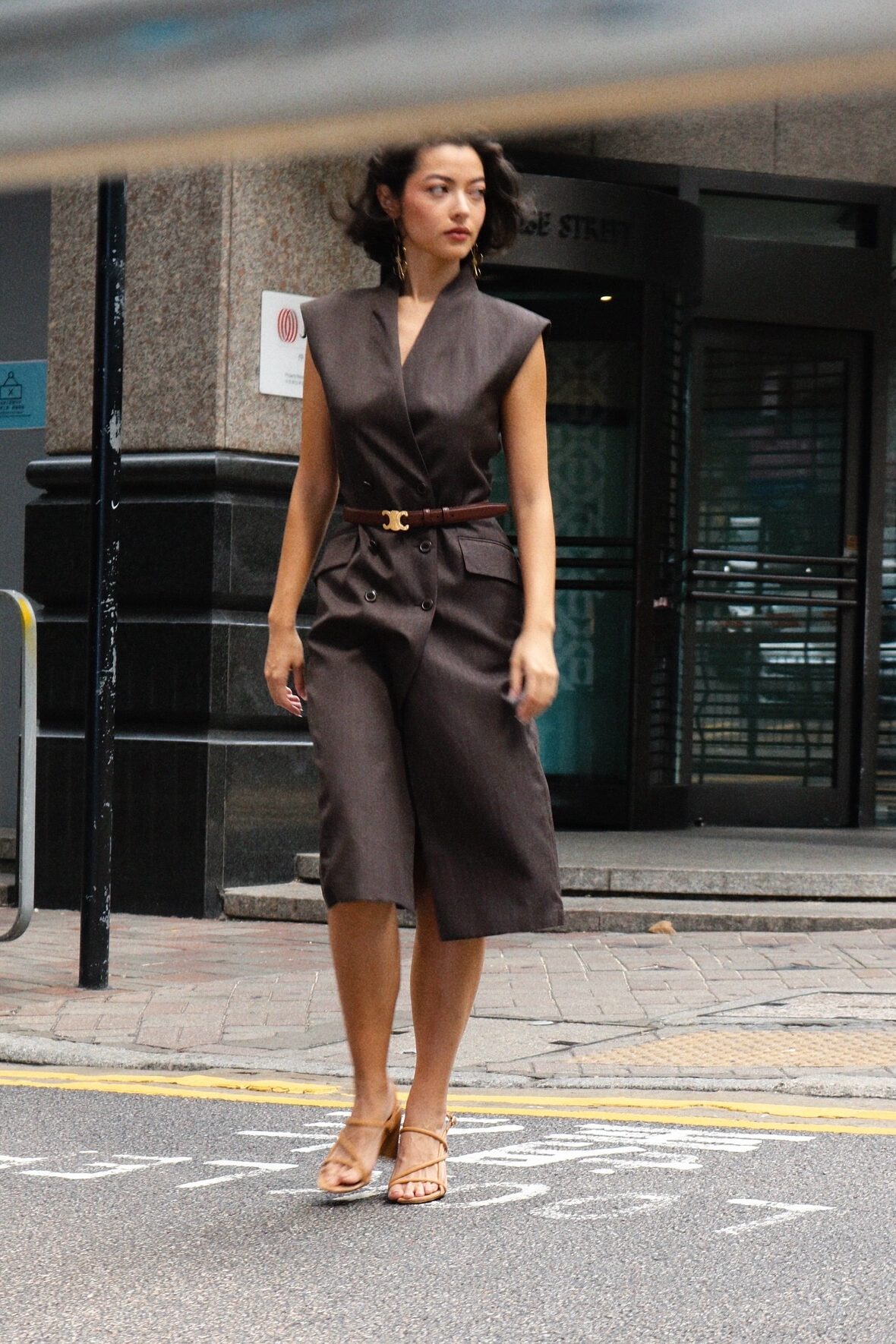
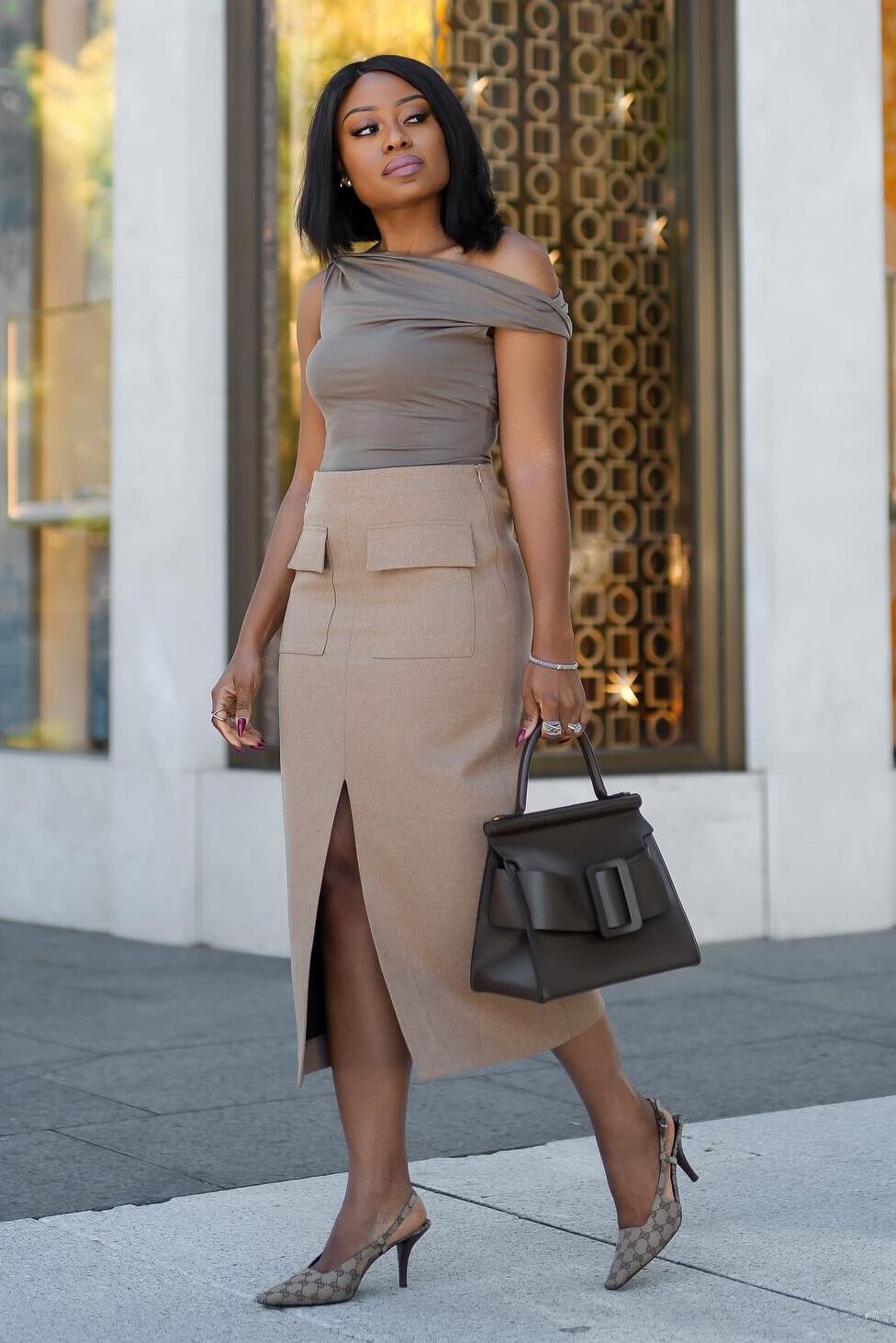


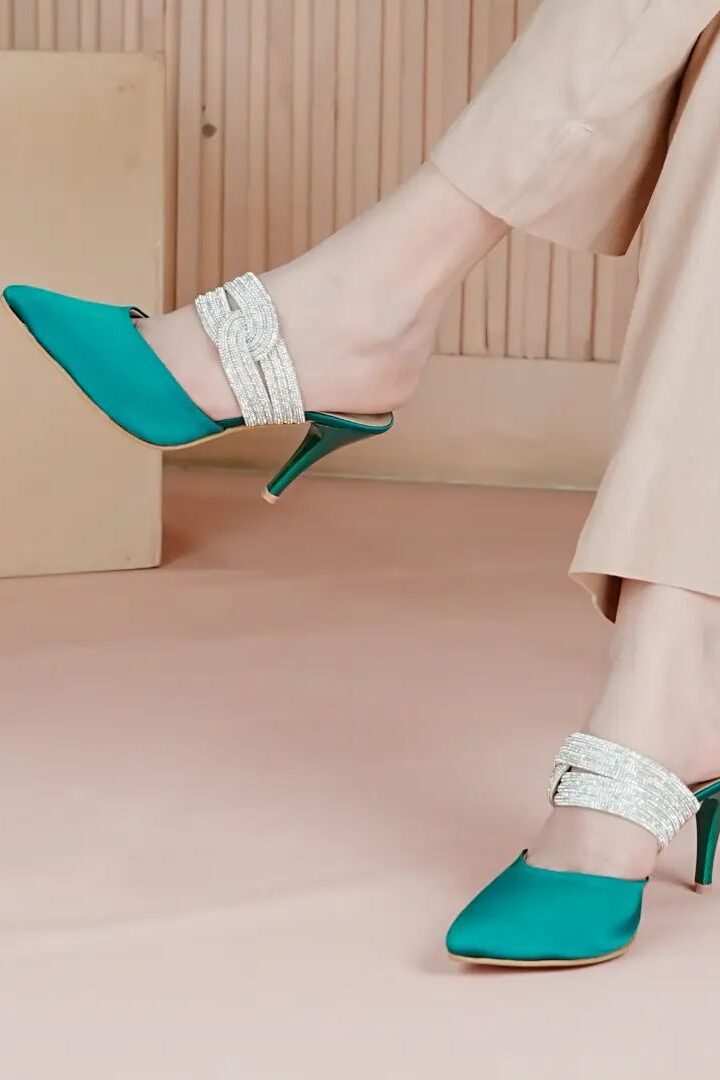


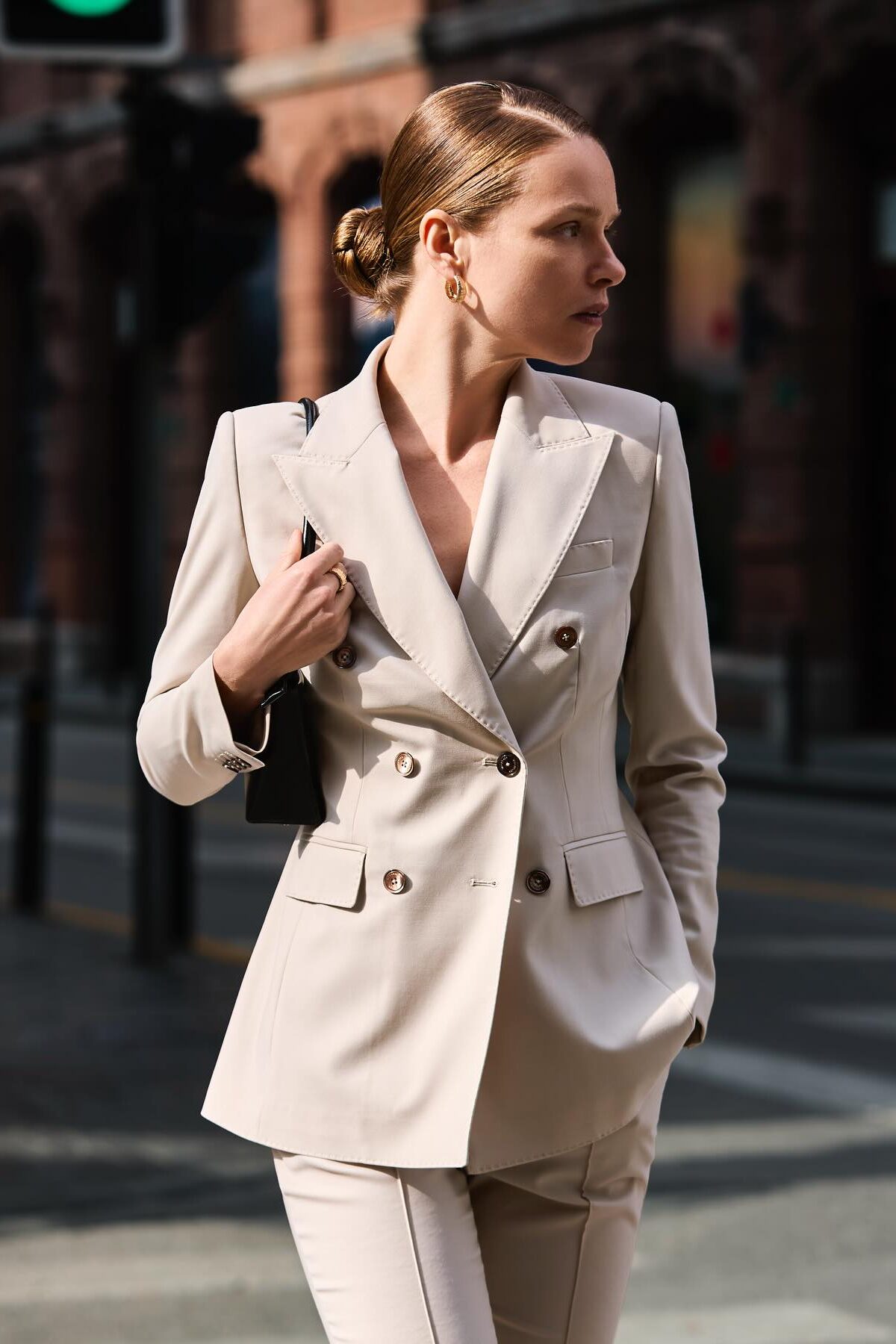
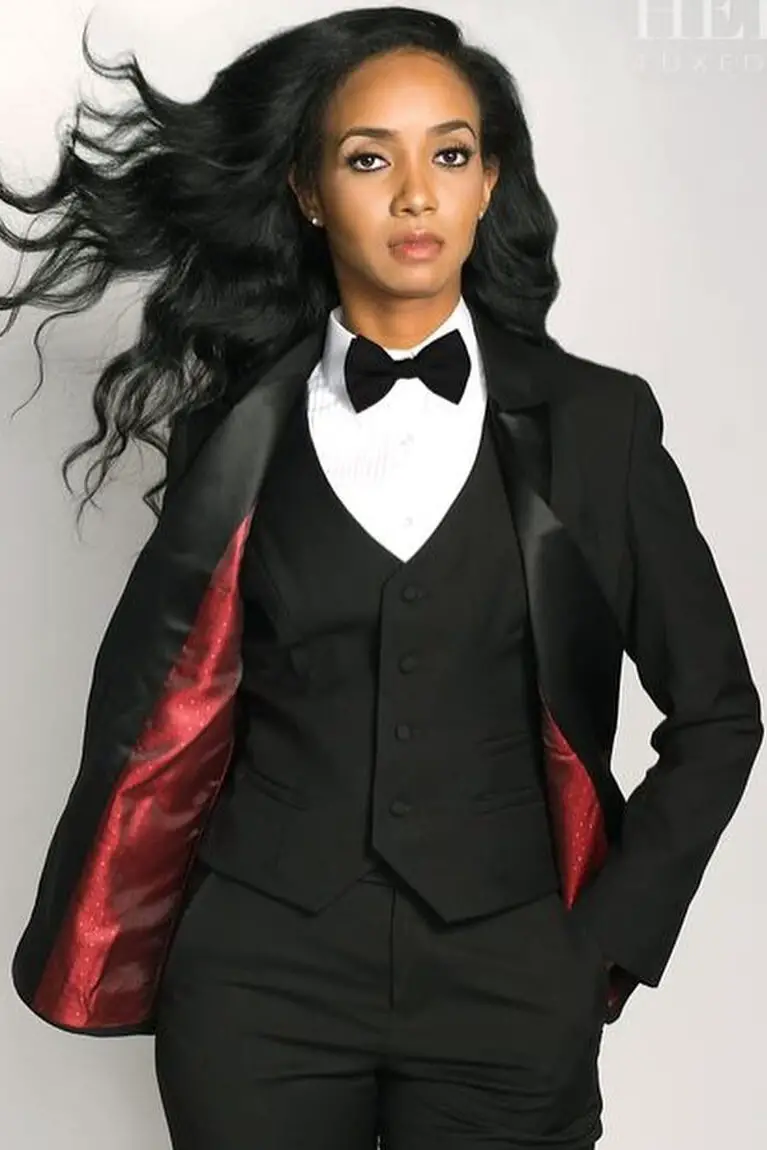
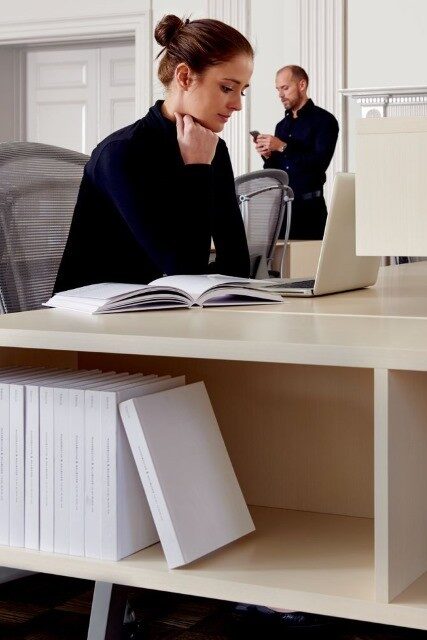




Leave a Reply